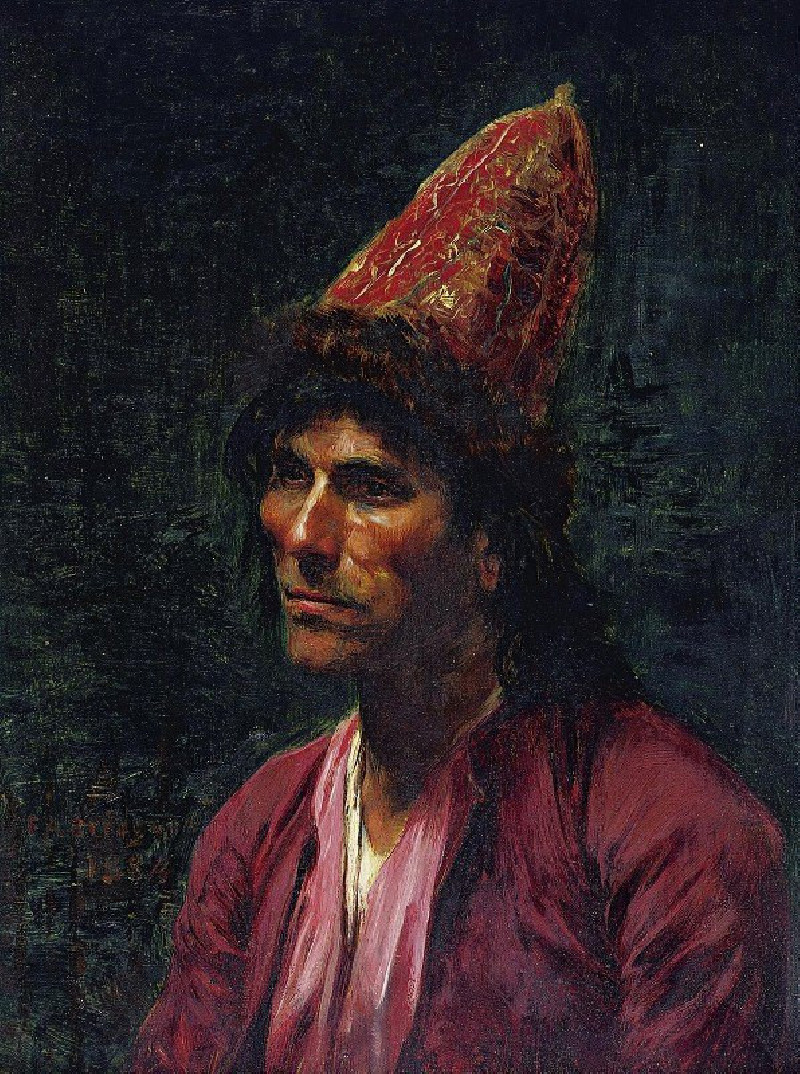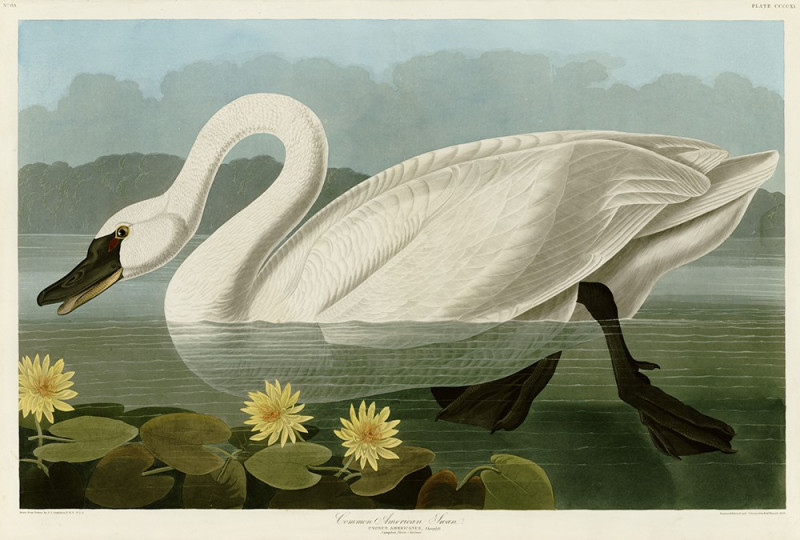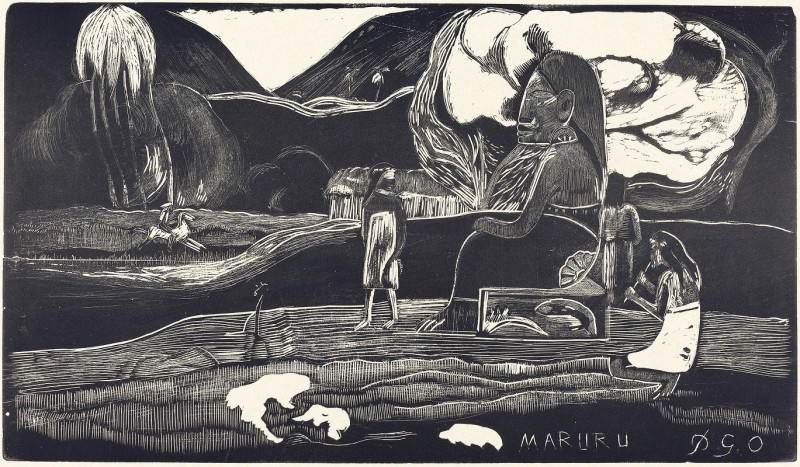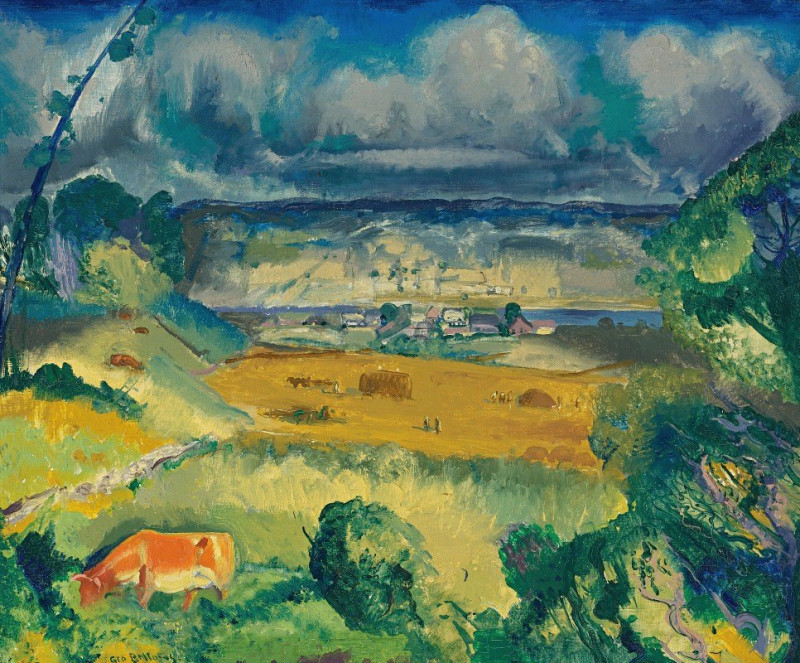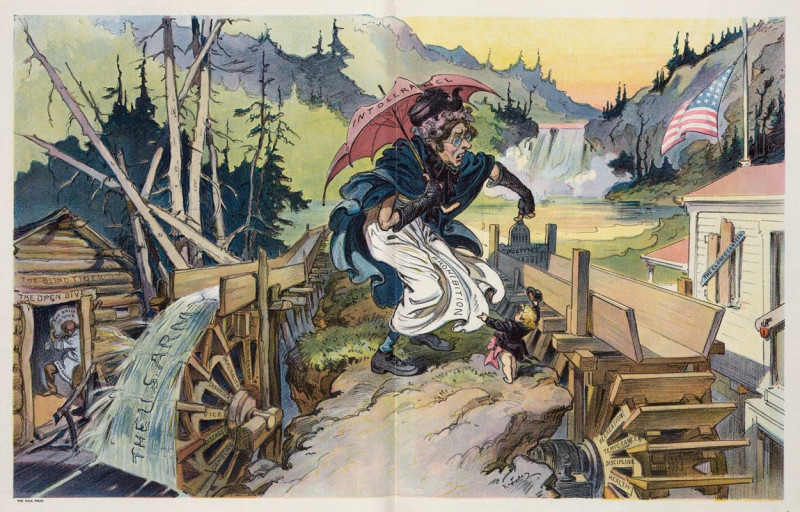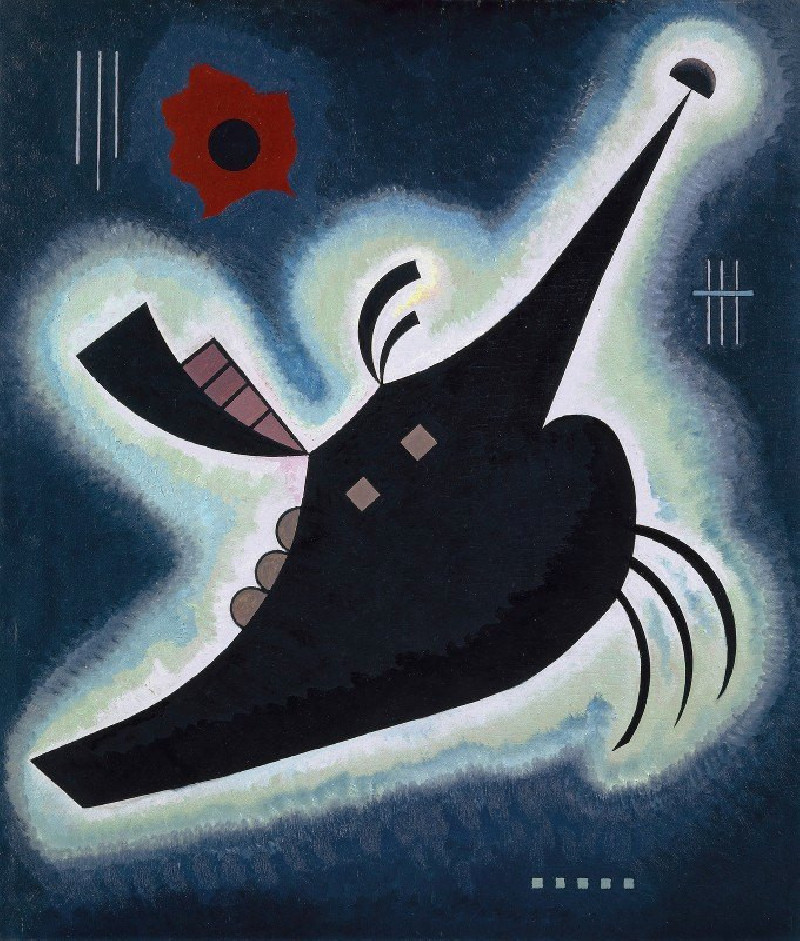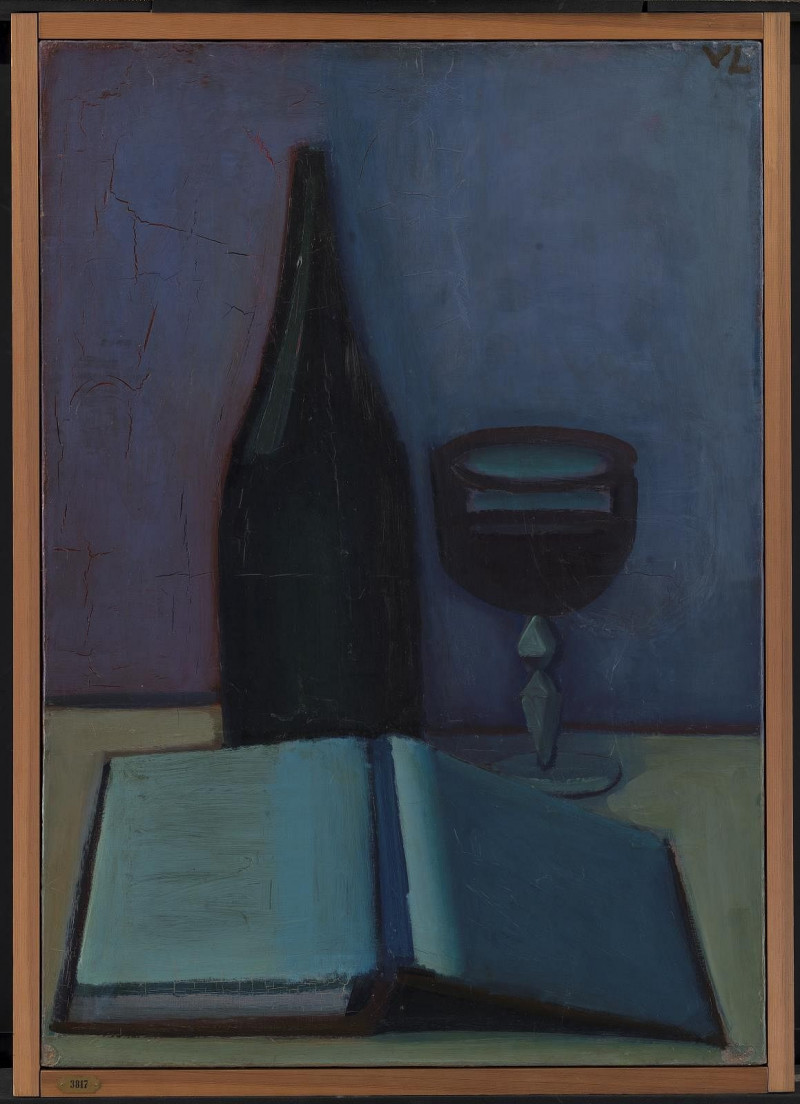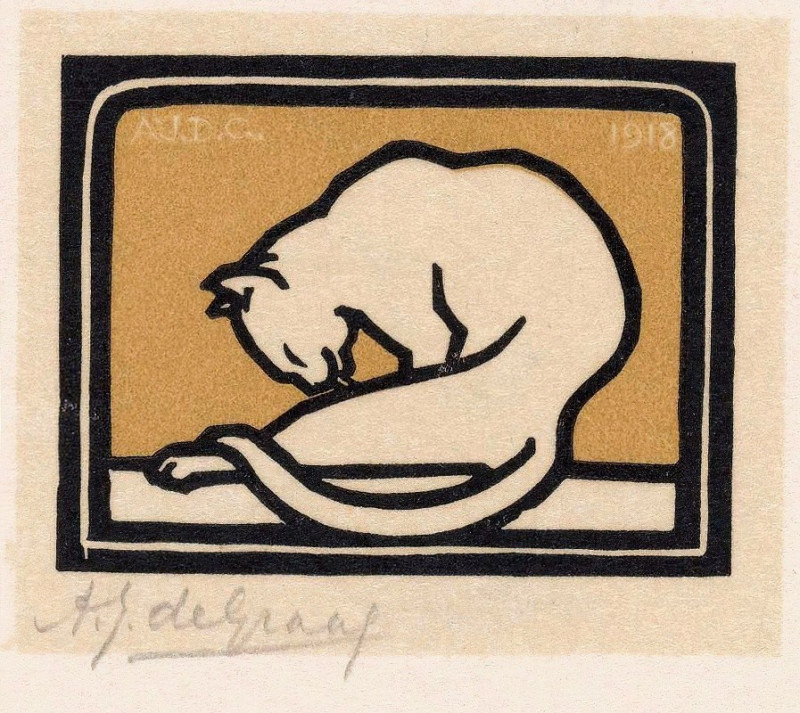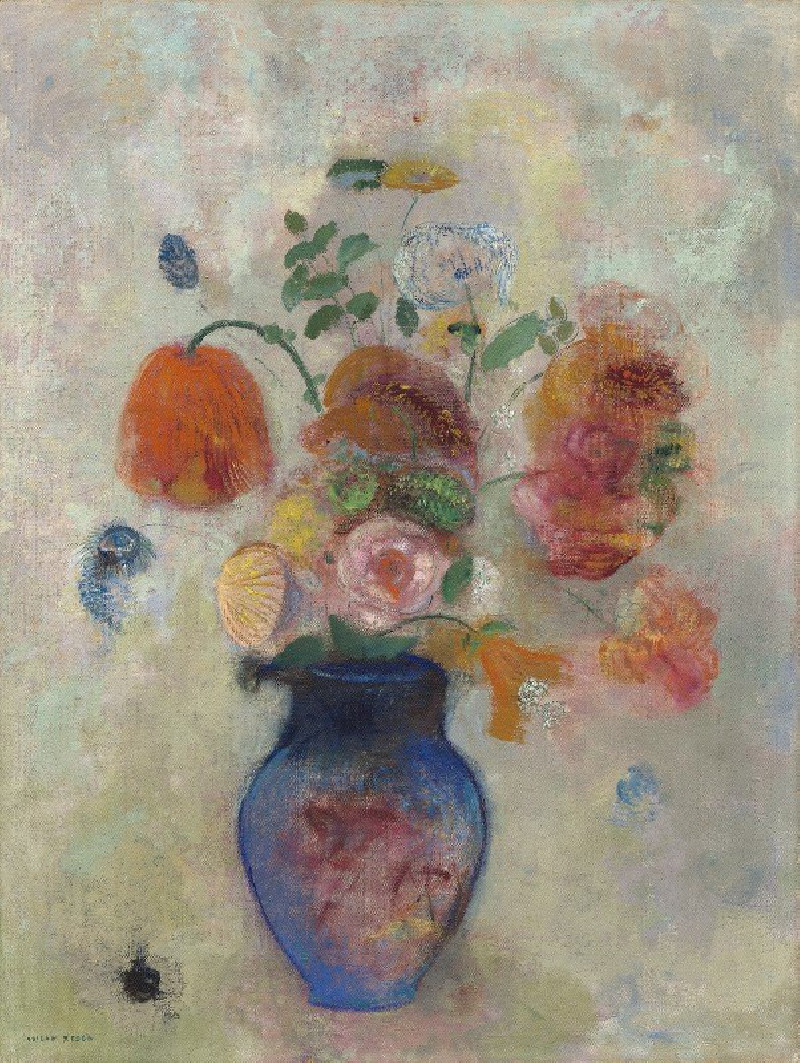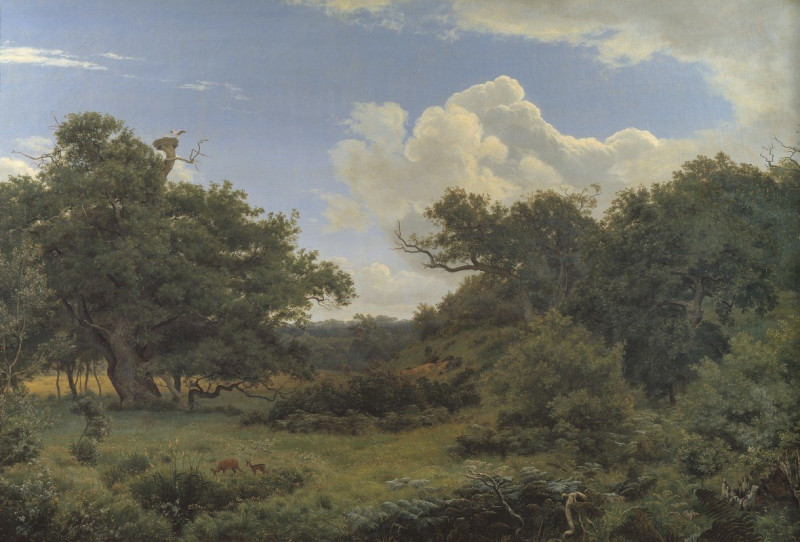Mannequin (1940)
Technique: Giclée quality print
Recommended by our customers
More about this artwork
"Mannequin" (1940) by Paul Klee is a striking example of the artist's innovative approach to form and composition. In this painting, Klee employs a blend of geometric abstraction and figuration to create the illusion of a mannequin. The figure, characterized by a simplicity that borders on the primitive, is rendered in vibrant tones of orange and brown, with stark black lines delineating its form.The painting's abstract nature is epitomized by the mannequin's face, which is represented by two simple black dots for eyes and a curved line for a mouth, evoking a sense of innocence and universality. The rest of the body is a puzzle of angular and curvilinear shapes, creating a dynamic tension that seems almost to balance on the thin legs of the figure.Klee's use of bold color blocks and the segmentation of the form by black lines suggest both the fragmentation and the underlying unity of the human figure. This artwork not only demonstrates Klee's mastery of color and line but also reflects his deep interest in the human condition, portrayed through the lens of abstraction and symbolism.
Delivery
Returns
Paul Klee was a Swiss-born German artist. His highly individual style was influenced by movements in art that included expressionism, cubism, and surrealism. Klee was a natural draftsman who experimented with and eventually deeply explored color theory, writing about it extensively; his lectures Writings on Form and Design Theory (Schriften zur Form und Gestaltungslehre), published in English as the Paul Klee Notebooks, are held to be as important for modern art as Leonardo da Vinci's A Treatise on Painting for the Renaissance.
































